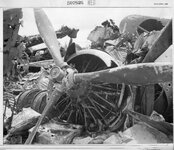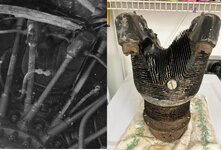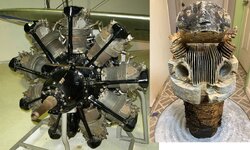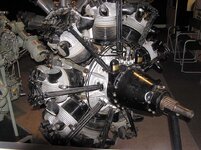Larrythepilot
Airman
Our museum has an old furnace room full of WWII aircraft parts that were buried after the war, and then dug up 50 years later, in the late 1990's. A lot are engine parts, and many of them are engine cylinders. We have succeeded in identifying most of the cylinders, but there are 2 of them we need help with. Our President, Joe C. has just taken photos of several views of each of the two cylinders. Can any of you help us to learn what engines these cylinders came from? Thanks.
Our goal, by the way, is to create a cylinder display, consisting of about 10 different cylinders. Each cylinder would have an accompanying written description, a photo of the whole engine, and a photo of the airplane in which it was used.
Our goal, by the way, is to create a cylinder display, consisting of about 10 different cylinders. Each cylinder would have an accompanying written description, a photo of the whole engine, and a photo of the airplane in which it was used.
Attachments
-
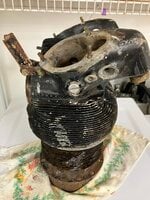 Unk Cyl 1 (1).JPEG516.6 KB · Views: 22
Unk Cyl 1 (1).JPEG516.6 KB · Views: 22 -
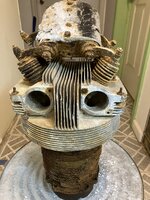 Unk Cyl 2 (4).JPEG553.2 KB · Views: 19
Unk Cyl 2 (4).JPEG553.2 KB · Views: 19 -
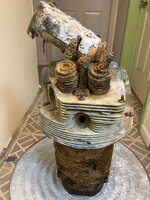 Unk Cyl 2 (3).JPEG522.3 KB · Views: 24
Unk Cyl 2 (3).JPEG522.3 KB · Views: 24 -
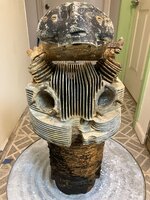 Unk Cyl 2 (2).JPEG569.4 KB · Views: 24
Unk Cyl 2 (2).JPEG569.4 KB · Views: 24 -
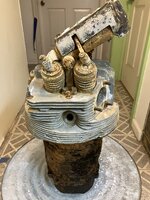 Unk Cyl 2 (1).JPEG527.2 KB · Views: 22
Unk Cyl 2 (1).JPEG527.2 KB · Views: 22 -
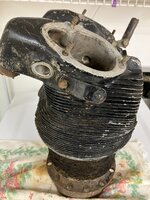 Unk Cyl 1 (6).JPEG511.1 KB · Views: 15
Unk Cyl 1 (6).JPEG511.1 KB · Views: 15 -
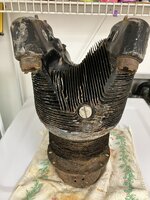 Unk Cyl 1 (5).JPEG535.3 KB · Views: 22
Unk Cyl 1 (5).JPEG535.3 KB · Views: 22 -
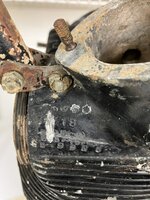 Unk Cyl 1 (4).JPEG427.9 KB · Views: 22
Unk Cyl 1 (4).JPEG427.9 KB · Views: 22 -
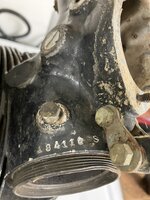 Unk Cyl 1 (3).JPEG382.3 KB · Views: 23
Unk Cyl 1 (3).JPEG382.3 KB · Views: 23 -
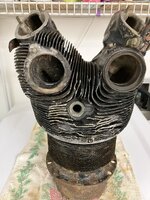 Unk Cyl 1 (2).JPEG547.3 KB · Views: 17
Unk Cyl 1 (2).JPEG547.3 KB · Views: 17

